Few techniques have changed the way we cook as profoundly as the sous vide water bath. This method, which involves vacuum-sealing food in a bag and cooking it in a precisely controlled water bath, ensures consistent results and flavor retention. In this post, we will explore cooking a frozen steak and a refrigerated steak sous vide in the same water bath at the same time. Then, when done, we will reverse-sear them over hot, 800°F coals and compare them. If you want a perfectly cooked, juicy steak with minimal effort, this is the way to do it.
Sous vide steak is an absolute game changer for home cooks. The sous vide method offers the easiest and most convenient way to achieve the perfect level of doneness every time. Unlike high-heat traditional methods like grilling or pan-searing, sous vide cooking allows for precise control over the temperature of the steak, resulting in a perfectly cooked steak from edge to edge. Also, because the steak cooks at a lower temperature over a longer period, it remains juicy and tender, with no risk of overcooking.
Unlike grilling, there is no need to let the steak come up to room temperature before cooking. If your steak is frozen, there's no need to worry. The sous vide method allows you to cook it straight from the freezer. By immersing your steaks, fresh or frozen, in a precisely heated water bath for a predetermined amount of time, you can ensure that they cook evenly from edge to edge, resulting in a tender, flavorful steak that rivals those of your favorite steakhouse. In fact, many high-end steakhouses pre-cook their steaks sous vide and then finish them when ordered.
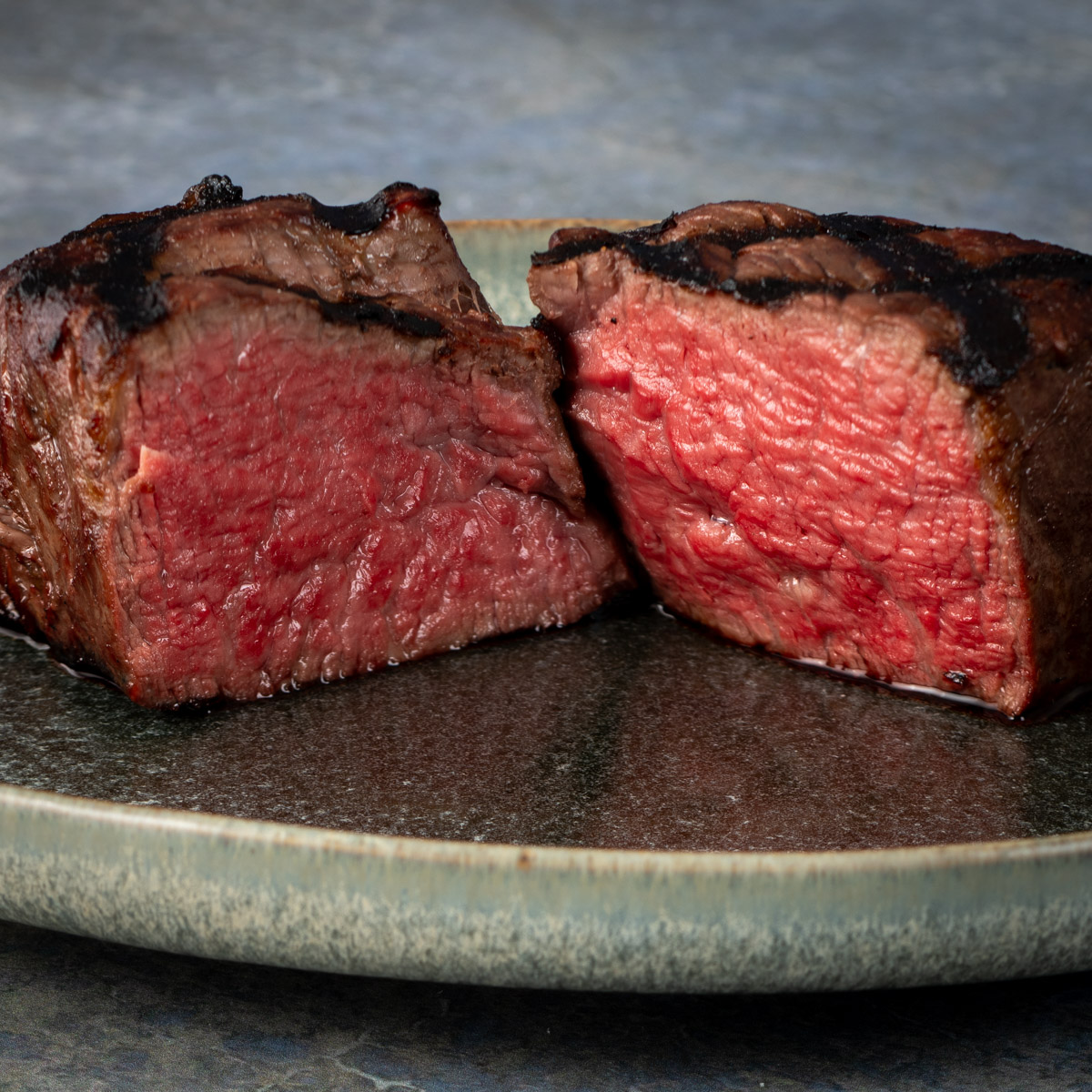
Jump to:
The Equipment You Will Need
Before we get into the sous vide process, you have to have the necessary equipment on hand:
Sous Vide Cooker
This device, also known as an immersion circulator, heats and circulates water to maintain a consistent temperature throughout the cooking process. They are relatively inexpensive and most can be easily controlled from a smart phone.
Vacuum Sealer Bags
These bags are perfect for sous vide cooking, ensuring that your steak cooks evenly without any leakage. The key is to get as much air out of the bag as possible. Resealable Ziplock bags can be used, but they require more effort and are prone to leaking. This can create a cleanup problem if juice from the steak has circulated through the sous vide machine.
Vacuum Sealer
Essential for sealing your steak in an airtight bag to prevent water from seeping in during the sous vide bath. If you are going to invest in sous vide, get a vacuum sealer. It makes the process a lot easier.
Water Container and Lid
Any heatproof container large enough to hold your sous vide bath will suffice. Most sous vide machines come with containers and racks that will elevate your steaks in the water bath and ensure better water circulation.
Step-by-Step Guide to Cooking Frozen Steak Sous Vide
Begin by preheating your sous vide machine to the proper temperature for your desired level of doneness. For a medium-rare steak, aim for a cooking temperature of 128°F.
Season the Steaks
While your sous vide bath is heating up, pat your fresh or frozen steaks dry with paper towels and then season them with your favorite steak seasoning or simply salt and pepper. A small pat of butter and some fresh herbs, like a sprig of fresh thyme, will add some nice flavor.
Bag and Seal
Place your seasoned steaks in a vacuum seal bag and follow the manufacturer's instructions to seal the bag. Alternatively, if using a Ziplock freezer bag, use the water displacement method to remove as much air as possible from the bag before sealing it. Partially submerge the bag in water, allowing the pressure to push out the air, then seal the bag once most of the air has been expelled. Be careful not to let water into the bag.
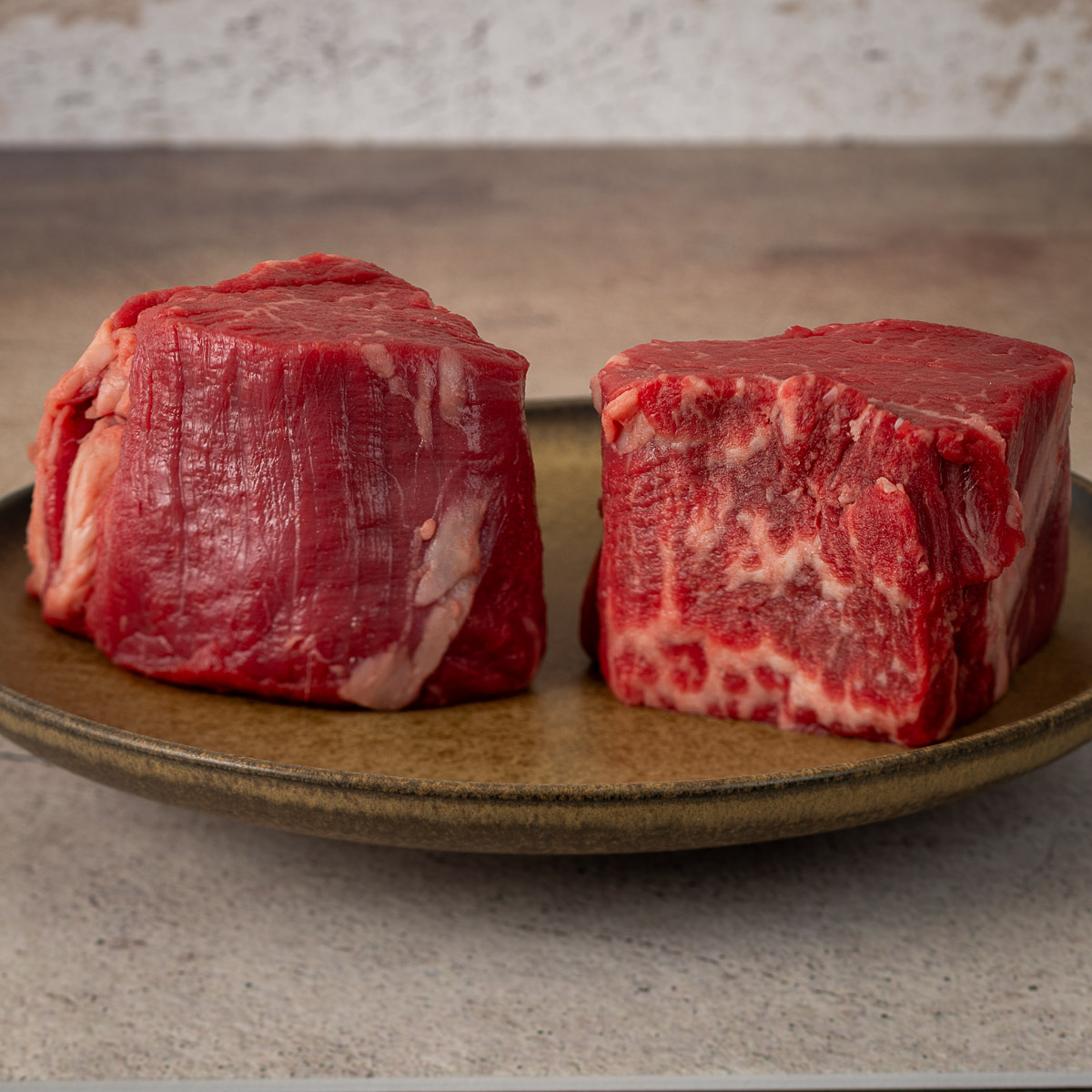
To demonstrate the versatility of cooking sous vide, I chose two 8 ounce Filet Mignon steaks.

Both steaks were vacuum sealed. The steak on the left was refrigerated overnight while the steak on the right was frozen.
Sous Vide Bath
Once your sous vide machine has reached the desired temperature, carefully lower the sealed bag into the water bath. Ensure that the steak is fully submerged. If it floats, it means that there is too much air in the bag. Many sous vide machines will allow you to place the steaks in the sous vide bath before the machine reaches operating temperature. This is fine to do because the machine will wait until the correct temperature is reached before starting the timer.
The cooking time will vary depending on the thickness of your steak, your preferred level of doneness and the temperature of the steak when it goes into the sous vide bath. For this recipe, the target temperature was 128°F. A fresh two-inch thick steak needed two hours to cook and a two-inch frozen steak needed three hours to cook.
Thicker steaks and frozen steaks will require a longer cook time. However, with sous vide cooking, you have some flexibility. The steak can be left in the sous vide bath for an additional hour or more without compromising its quality since the temperature of the water bath, and therefore the steak, will never go above the set cooking temperature.
For demonstration purposes, a fresh two-inch steak was cooked alongside a frozen two-inch steak for three hours to a temperature of 128°F. The fresh steak was done after two hours, but remained in the water bath until the frozen steak was also done. Meanwhile, the fresh steak stayed at 128°F.
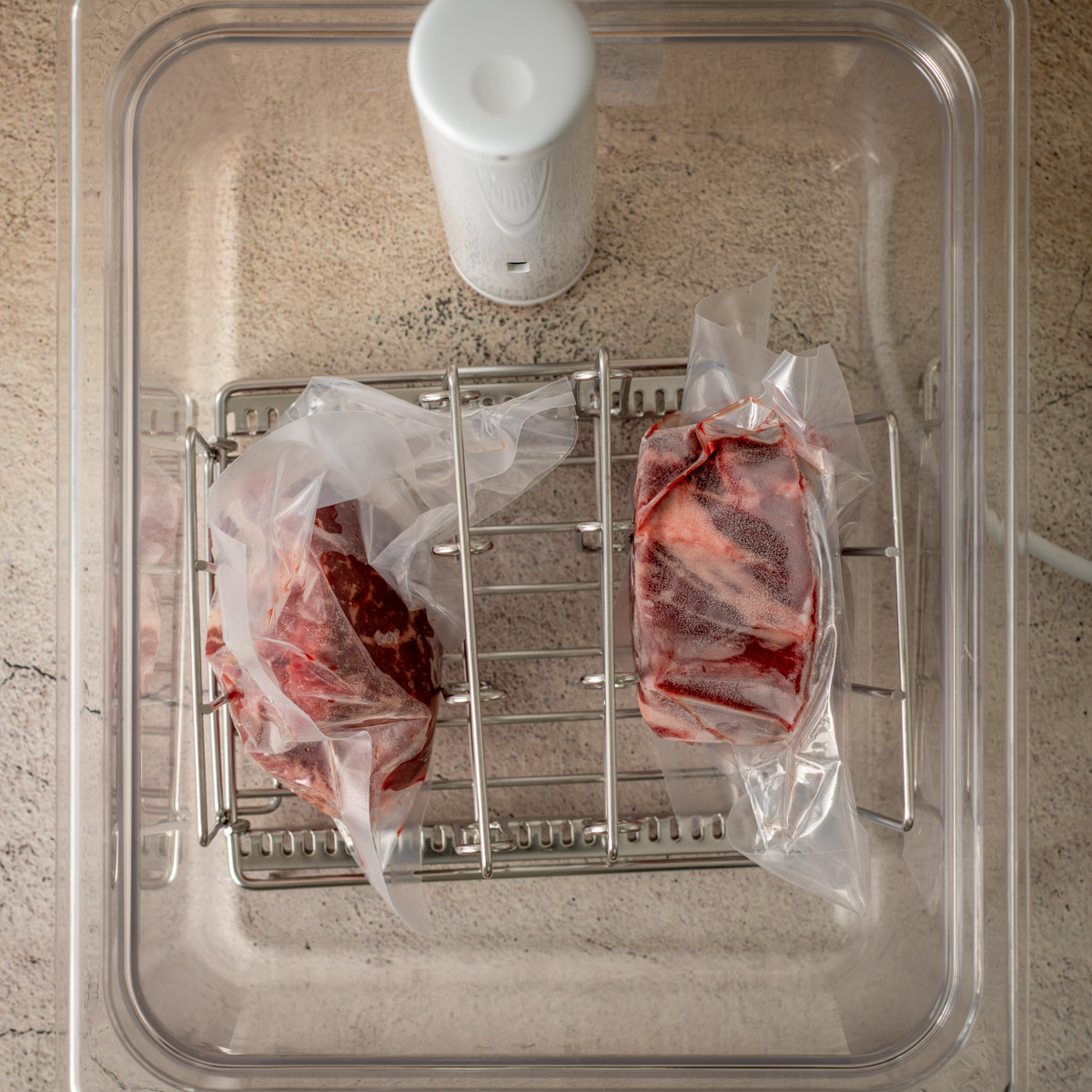
The steaks were placed in a sous vide bath at 128°F. The frozen steak is on the right.
Sear the Steaks
Once the steaks have finished cooking in the sous vide bath, remove them from the bag and pat them dry with paper towels. Preheat a skillet over high heat or fire up your grill to get it nice and hot. A quick sear, 60 seconds on each side, is enough to develop a flavorful crust while maintaining the juicy interior. For this recipe, the steaks were reverse-seared in a Kamado Joe set to direct heat at 800°F for 30 seconds, flipped to the other side for 30 seconds, back to the first side for 30 seconds and rotated 90 degrees, then back to the second side for another 30 seconds (60 seconds per side total). The brief time over high heat to reverse sear the outside does not raise the internal temperature.

When the steaks were cut open, they were indistinguishable. Both steaks were cooked to perfection.
No Need to Rest
Meat that is cooked over medium to high heat needs time to rest or all of the juice will run out when cut, and no one likes a dry steak. However, with this technique, the steaks are fully cooked when they come out of the sous vide bath. So, there is really no need to let them rest.
Experimenting with Different Cuts
While this article focused on Filet Mignon steaks, the sous vide cooking technique works just as well with many cuts of meat including a New York strip, T-bone steak, ribeye steak, sirloin steak, skirt steak or even an entire tri-tip roast. It also works well for pork chops, pork tenderloin and even a chicken breast.
Final Thoughts
Cooking sous vide produces steaks that are perfectly cooked, from edge to edge, every single time. Then, just give them a quick sear over hot coals or a hot skillet to get a nice, crusty exterior. Also, it's just as easy to cook a frozen steak as it is to cook a fresh steak using this method. Enjoy!

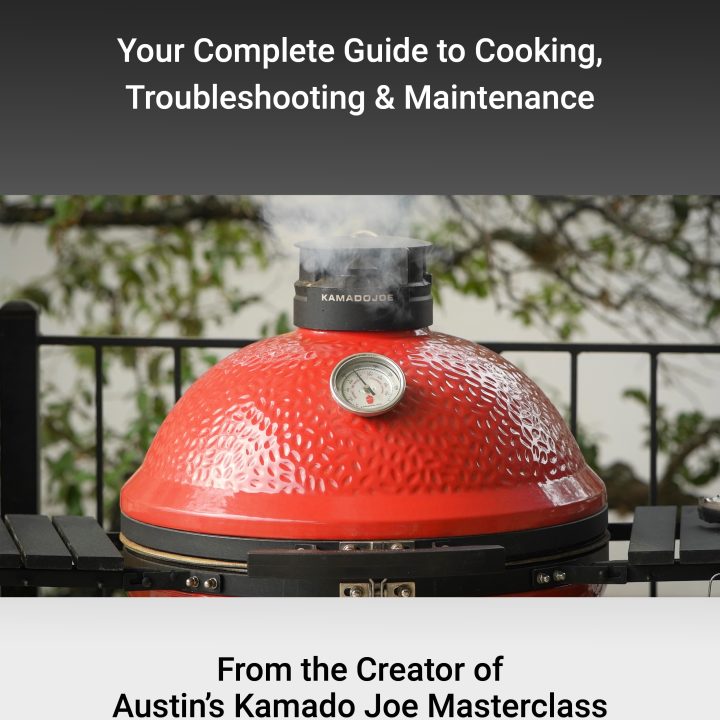

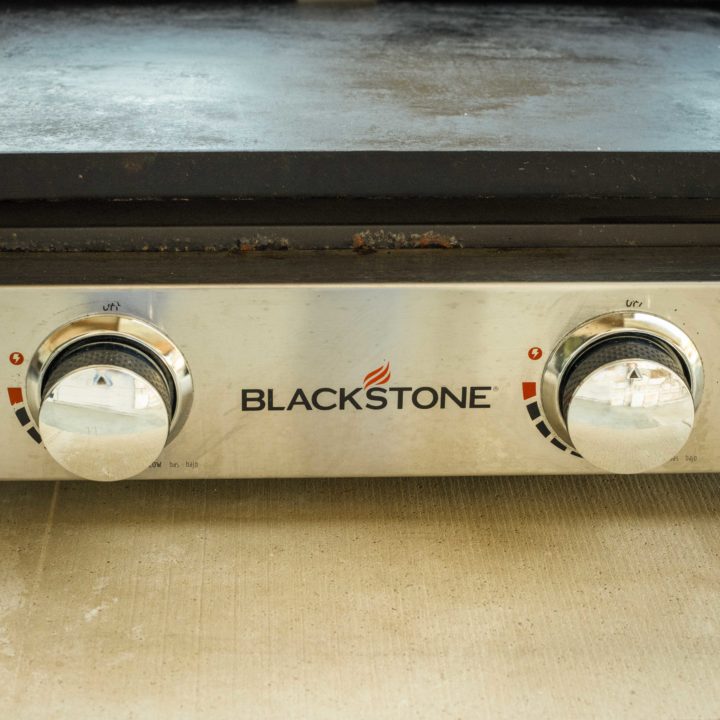

Leave a Reply